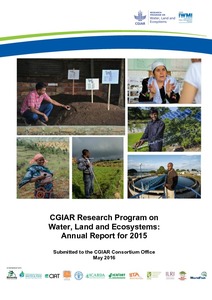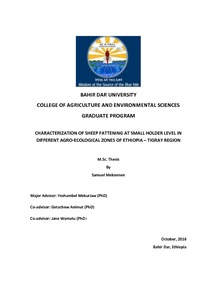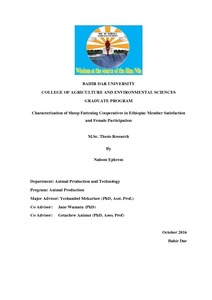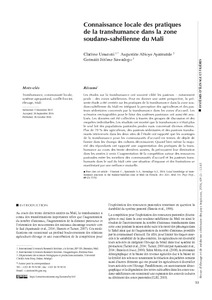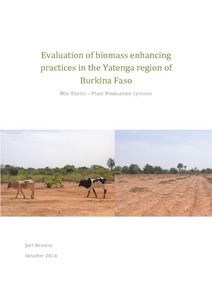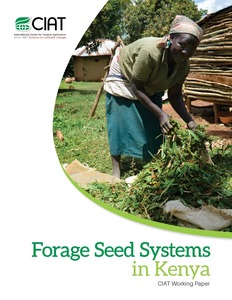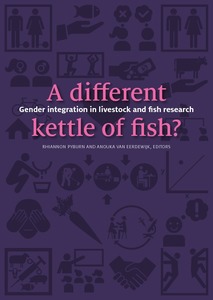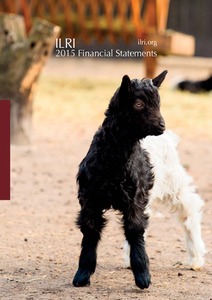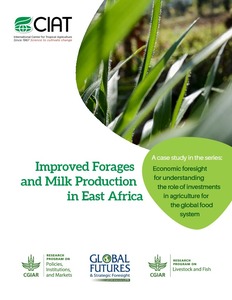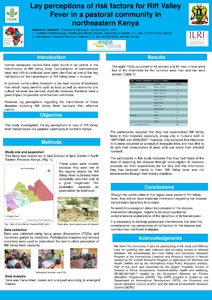Characterization of sheep fattening at small holder level in different agro-ecological zones of Ethiopia—Amhara and Tigray Regions
Amhara Region
Characterization of sheep fattening cooperatives in Ethiopia: Members’ satisfaction and women’s participation
Cooperatives play crucial roles in economic and social development of both men and women. The study was conducted to determine the participation of sheep farmers in sheep fattening cooperatives (SFC) in four regional states of Ethiopia with a special focus on women.
Connaissance locale des pratiques de la transhumance dans la zone soudano-sahélienne du Mali
Les études sur la transhumance ont souvent ciblé les pasteurs – notamment peuls – des zones sahéliennes. Pour en donner une autre perspective, la présente étude a été centrée sur les pratiques de la transhumance dans la zone soudano-sahélienne du Mali en intégrant la perception des agriculteurs et des pasteurs sédentaires concernés par la transhumance dans les zones d’accueil. Les scénarios envisageables pour le futur des systèmes pastoraux ont aussi été analysés. Les données ont été collectées à travers des groupes de discussion et des enquêtes individuelles.
Evaluation of biomass enhancing practices in the Yatenga region of Burkina Faso
Genetic evaluation of growth and survival at 6 weeks old fry of Egyptian Nile Tilapia (Oreochromis niloticus) between improved Abbassa and commercial Manzala strains in a diallel crossing
Genetics and gender: Breeding decisions in Somaliland
Getting by in the dry season: Ololilis in Tanzania
Improved forages and milk production in East Africa. A case study in the series: Economic foresight for understanding the role of investments in agriculture for the global food system
Production of livestock and dairy products in Sub-Saharan Africa has not kept pace with growing demand. The potential exists to close this gap in a climate-friendly way through the introduction of improved forage varieties of the Brachiaria genus. We assess the potential economic impact of the development and release of such varieties in six East African countries using an economic surplus model. Results are presented across a range of potential scenarios involving different adoption rates and percentage increases in productivity.
Lay perceptions of risk factors for Rift Valley fever in a pastoral community in northeastern Kenya
Consumption of contaminated livestock products is one of the risk factors for the transmission of Rift Valley fever (RVF) in humans. In pastoral communities, livestock is the main source of livelihood providing nutritional, economic and cultural services hence zoonotic diseases tend to be more prevalent in such communities. An understanding of the lay perceptions regarding the transmission of zoonoses can help institute effective interventions. A qualitative study was carried out in Ijara district in Kenya to investigate the lay perceptions of RVF transmission.

